The Ultimate Guide to Rockpooling in the UK
Discover a world full of colourful creatures that live underwater on your rockpool adventure. Rockpooling is a brilliant family-friendly activity where you can explore shallow waters, turn over rocks, scoop out sea creatures and observe their beauty before safely returning them.
In this ultimate rockpool guide, we’ll walk you through everything you need to know on how to rockpool safely, the equipment you'll need, what you’ll find and, most importantly, the best places to rockpool in the UK. We’ve also listed our nearby campsites, so once you're done exploring the waters, you can get back, dry off and enjoy an evening playing camping games or digging into a tasty camping meal.
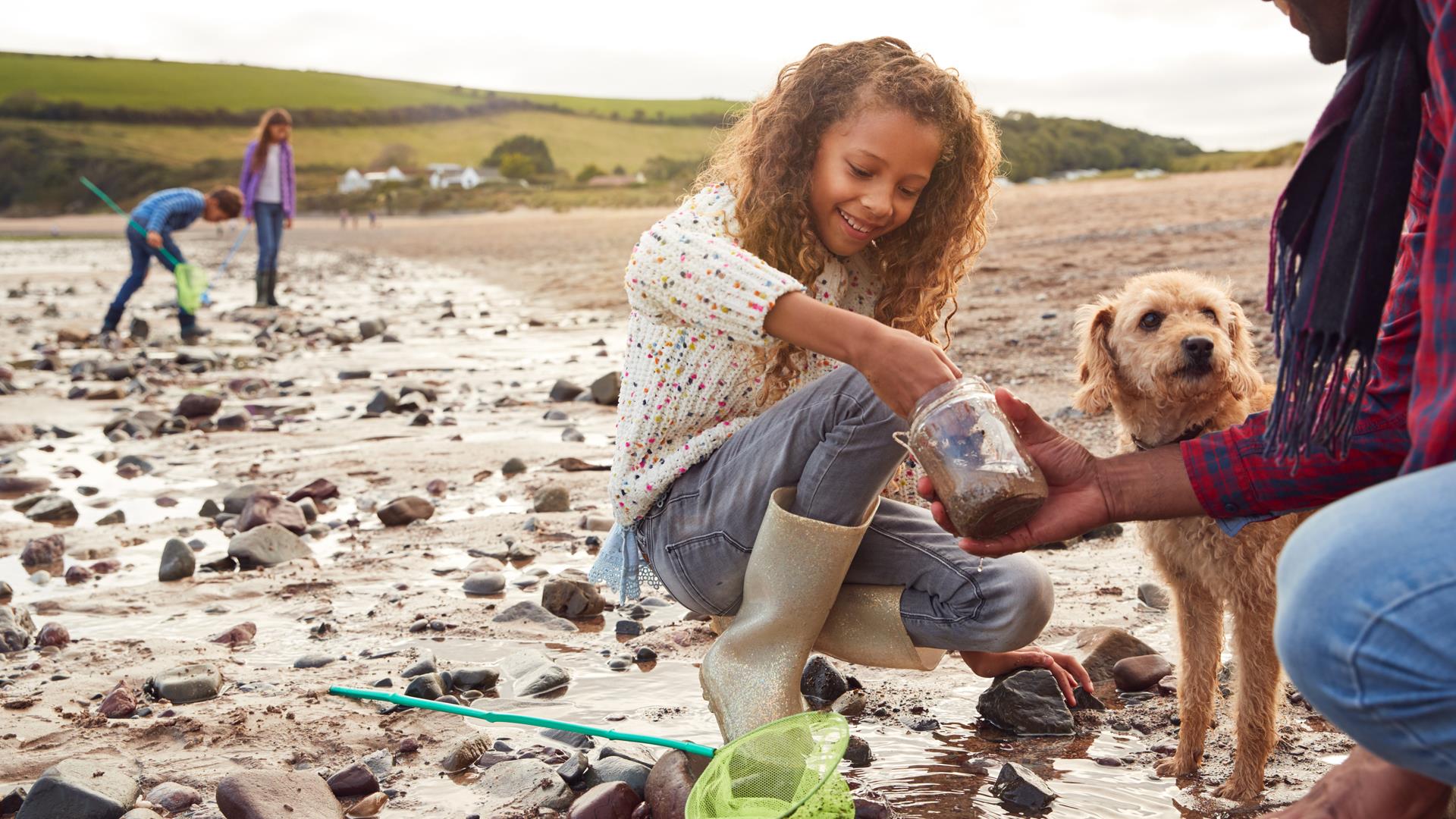
Best rockpool locations in the UK
If you’re looking for the best place to rockpool and find unique creatures, then sheltered rocky shores, beaches, boulders and piers, which have many nooks and crannies, are where you’ll need to search. Here is a list of 10 spots in the UK that are perfect for rockpooling.
Caswell Bay, Gower
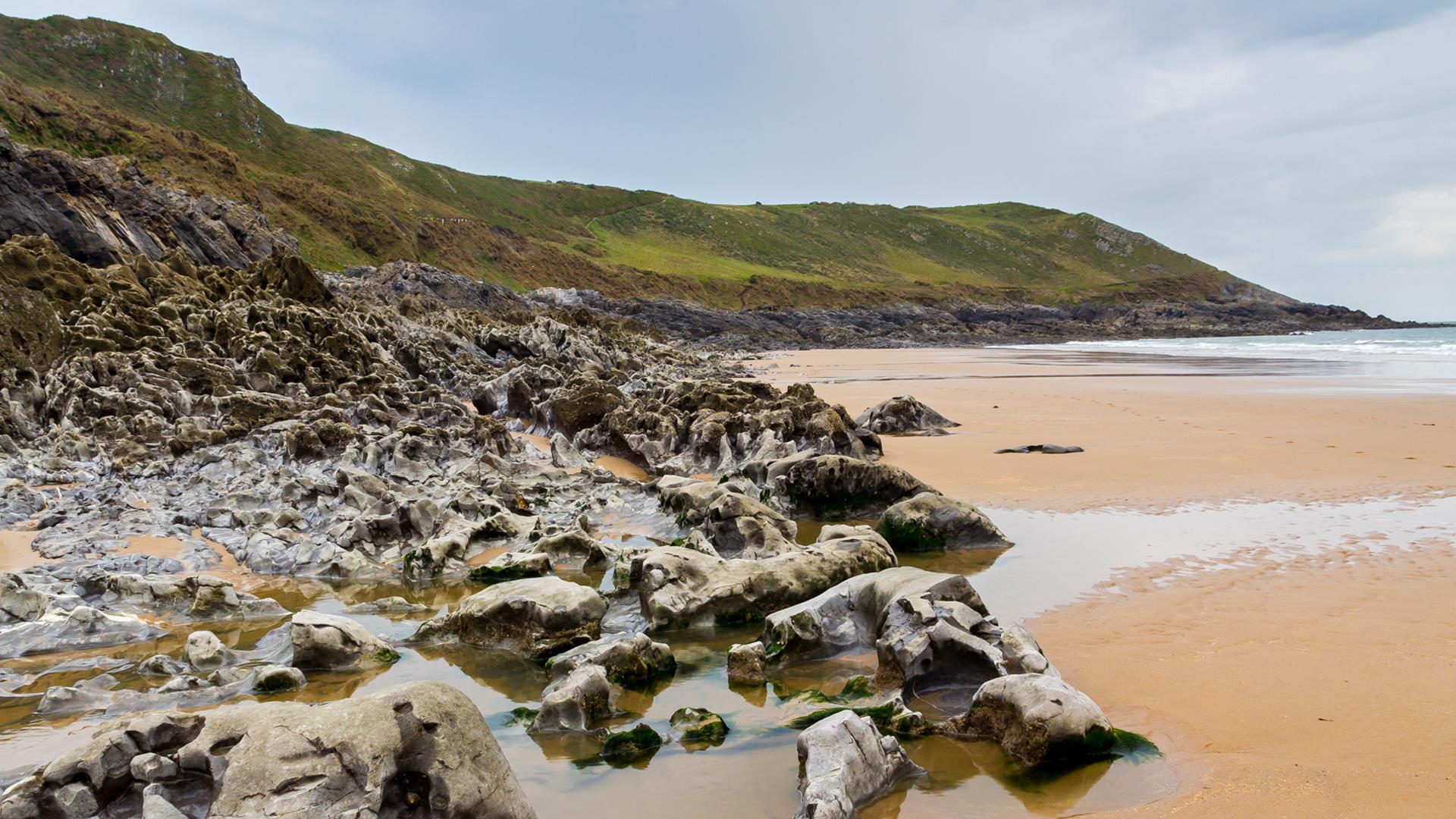
With many rock pools to explore, Caswell Bay is a great spot to find a diverse range of sea creatures. You’ll see shore crabs, periwinkles, topshells, blennies, anemones, and, if you’re really lucky, you may even spot an octopus or sea slug – which releases a purple ink colour when they feel threatened.
For a great place to stay, check out our campsites in Gower.
Wembury, Devon
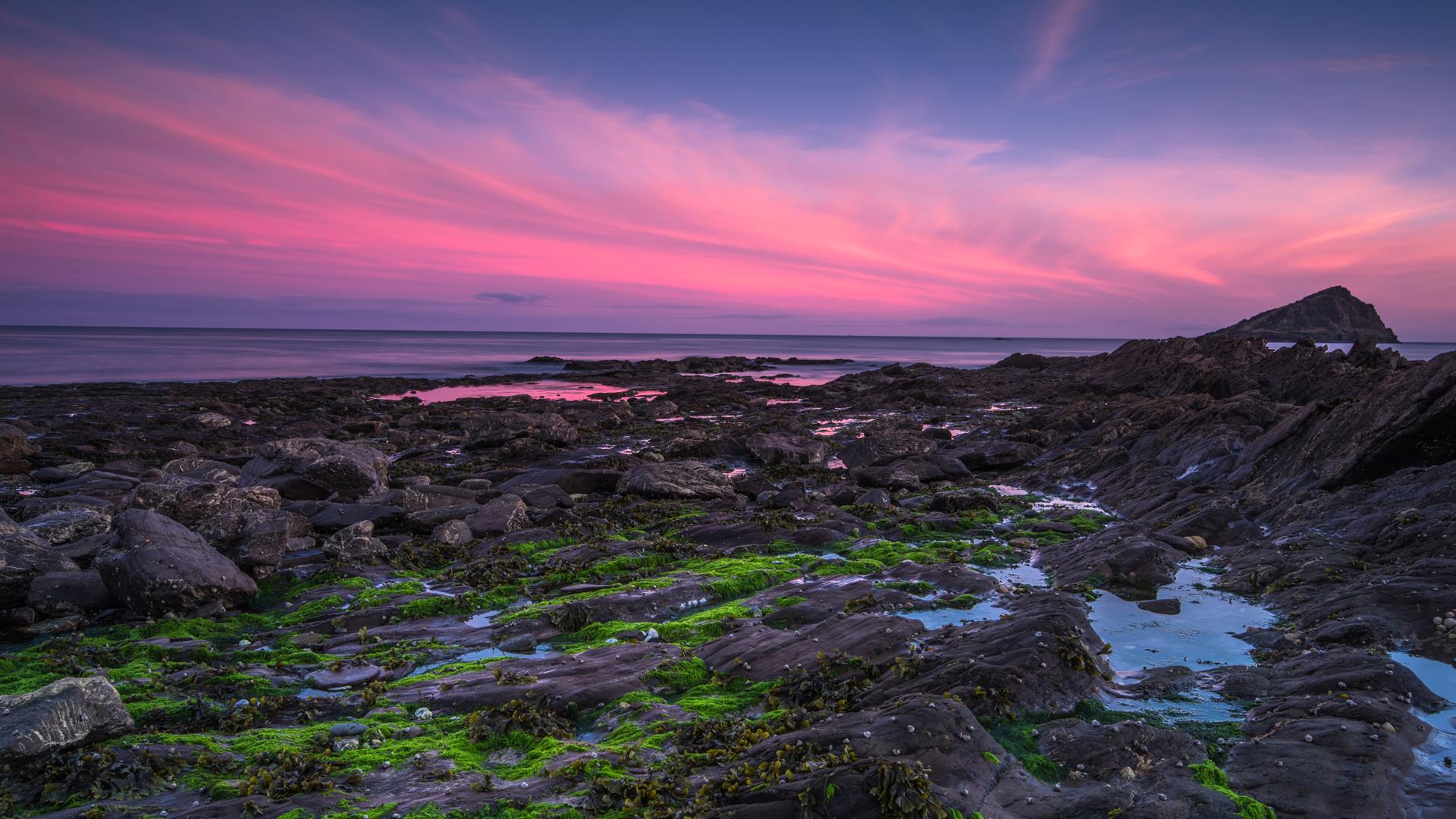
Located on the shores of Devon’s coastline is Wembury, where you’ll find plenty of rocky shores, perfect for sea creatures to rest. The best time to rockpool here is an hour before low tide to an hour after low tide. In Wembury, you’ll find many spectacular creatures whilst rockpooling, including limpets, beadlet anemones, shore crabs, starfish, sea scorpions and more. You’ll also find an education centre run by Devon Wildlife Trust, which offers group rockpooling opportunities where they share all their tips and tricks on finding stunning creatures.
For a great place to stay, check out our campsites in Devon.
Loch na Keal, Scotland

Loch na Keal is a beautiful sea loch surrounded by picturesque landscapes. At low tide, you’ll discover a variety of sea creatures near the rockpools, including, starfish, crabs, sea urchins and you may even see toad tadpoles.
For a great place to stay, check out our campsites in Scotland.
Saltburn-by-the-Sea, North Yorkshire
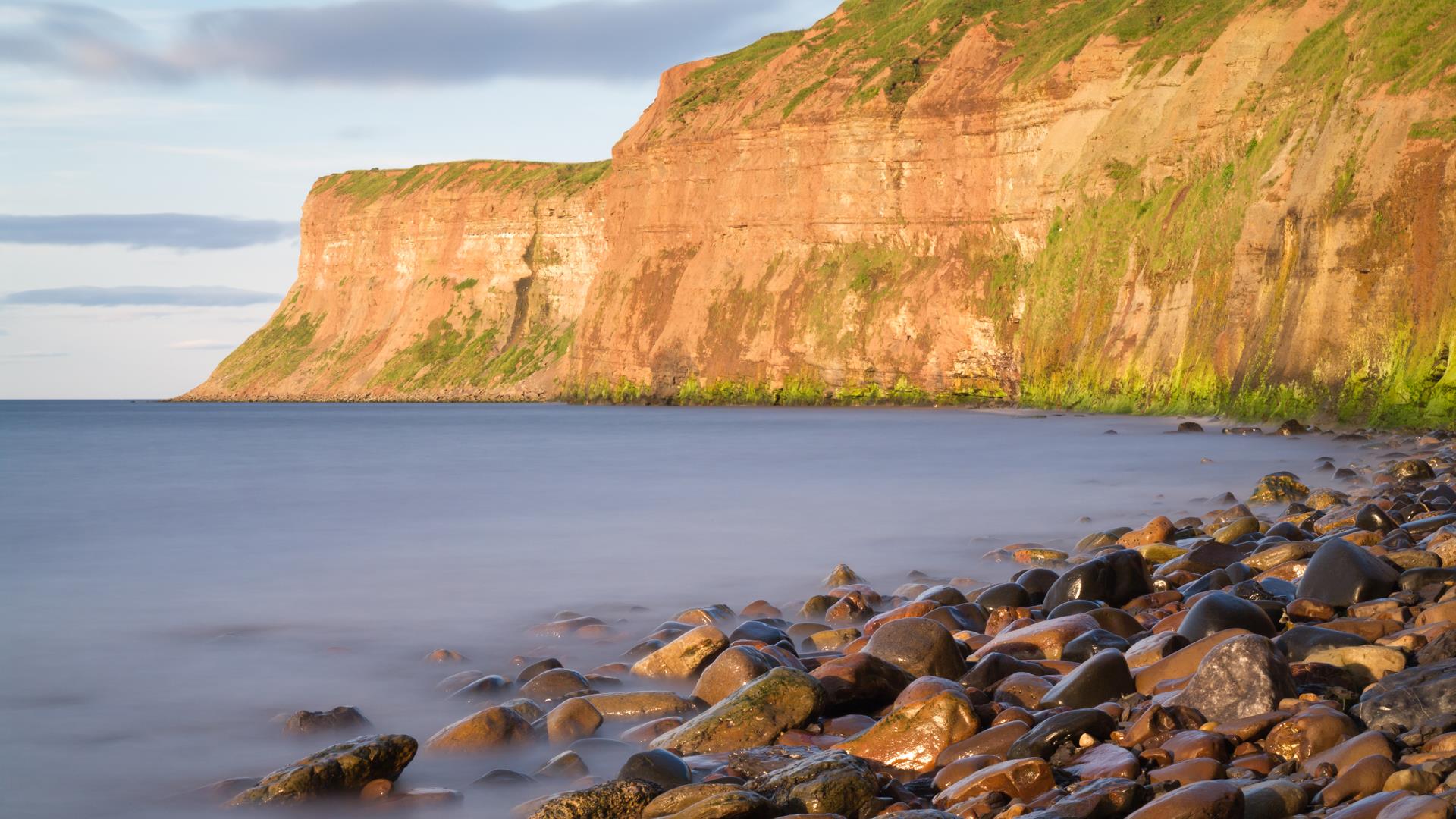
Hermit crabs, squat lobsters, shore crabs, sea slugs, periwinkles, limpets, molluscs, starfish, brittle stars and many more wonderful sea creatures can be found when rockpooling in Saltburn-by-the-Sea. Once you’re done having fun in the water, you can enjoy the many shops and cafes that line the promenade or relax on the golden sandy beach.
For a great place to stay, check out our campsites in North Yorkshire.
Rhossili Bay, Gower
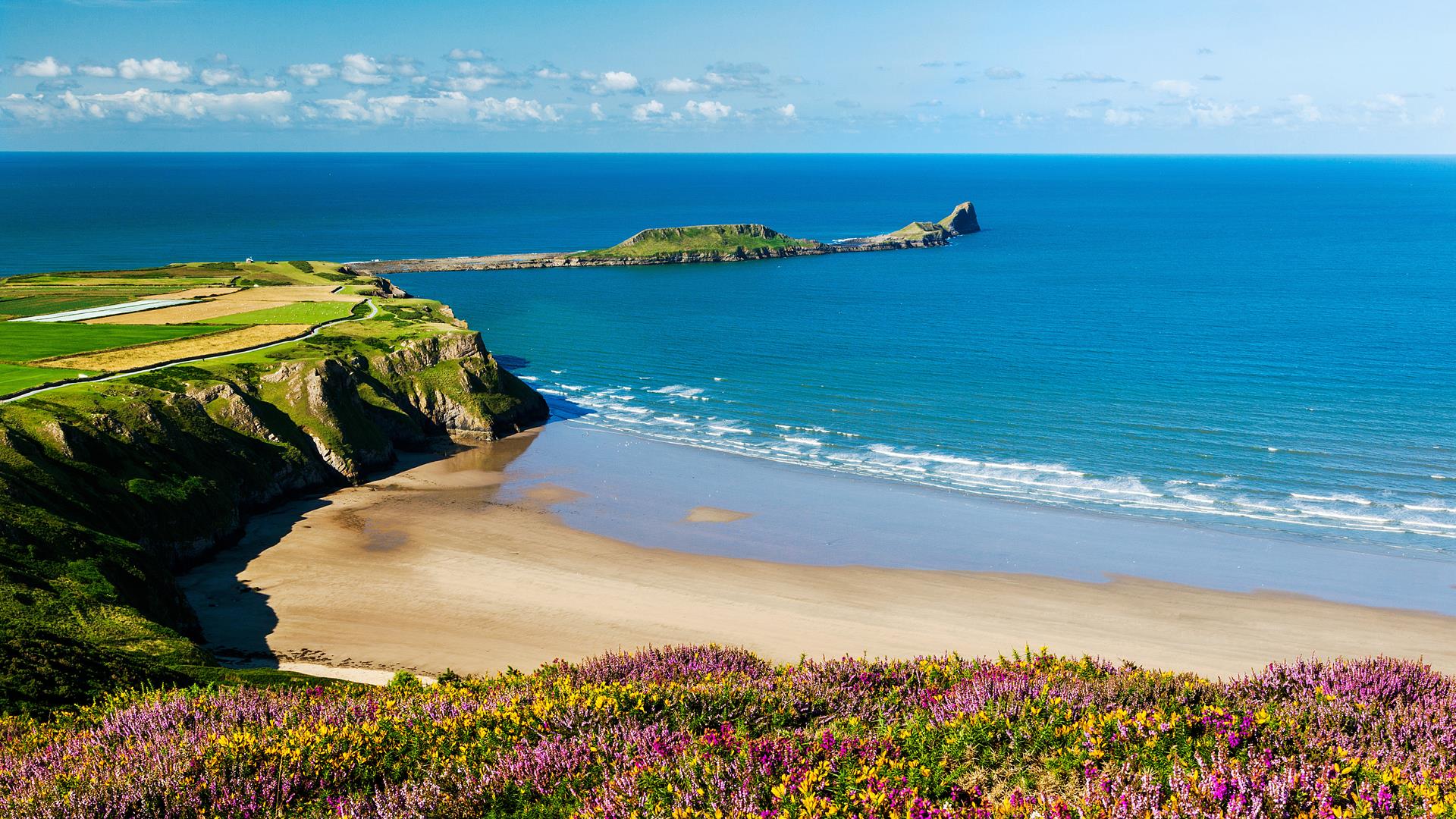
Another great place for rockpooling in Gower is Rhossili Bay. At low tide, you can find an abundance of sea creatures, including crabs, anemones, periwinkles, topshells and more. Whilst rockpooling here, be sure to wear sensible shoes as the walk to and from the rock pools can be slippery.
For a great place to stay, check out our campsites in Gower.
Seven Sisters Country Park, East Sussex
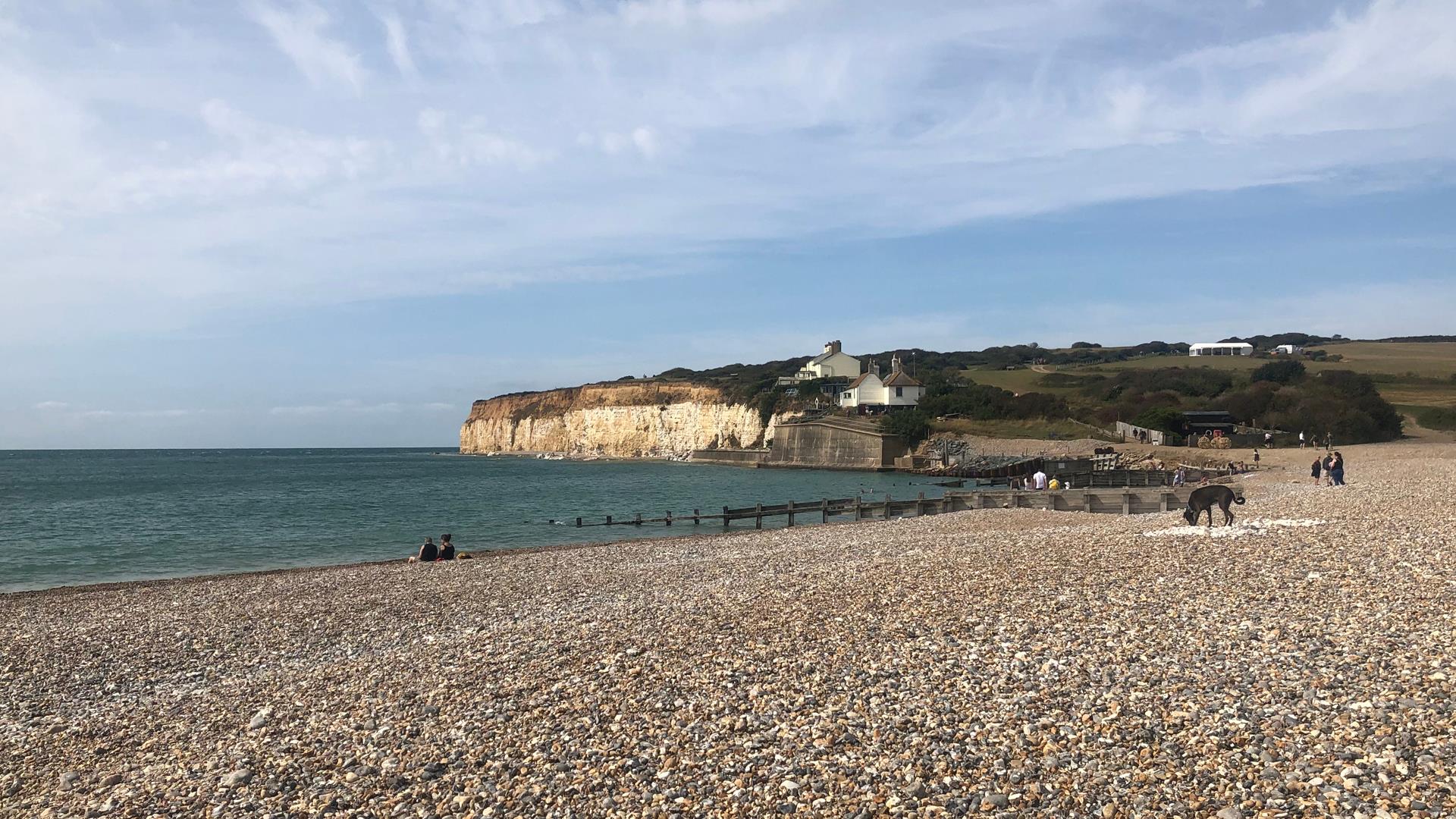
For a different kind of rockpooling experience, visit the Seven Sisters Country Park in East Sussex. At Hope Gap, located in the country park, you’ll find beautiful sea rockpool creatures such as beadlets, velvet swimming crabs and strawberry anemones. Sussex Wildlife Trust also hosts rockpool excursions where you can join other explorers to discover the vast rock pools in the Seven Sisters Country Park.
For a great place to stay, check out our campsites in Sussex.
Treyarnon Cove, Cornwall

If you’re after a more accessible rock pool that’s perfect for kids and dogs, Treyarnon Bay in Cornwall is a good visit. There are many rock pools on the northern side of the sandy beach, and there’s a giant rock pool that’s big enough to explore by swimming. At Treyarnon Bay, you’ll find sea creatures such as hermit crabs, blennies, topshells, beadlet anemones, cushion stars, wrasse and more.
For a great place to stay, check out our campsites in Cornwall.
Kimmeridge Bay, Dorset
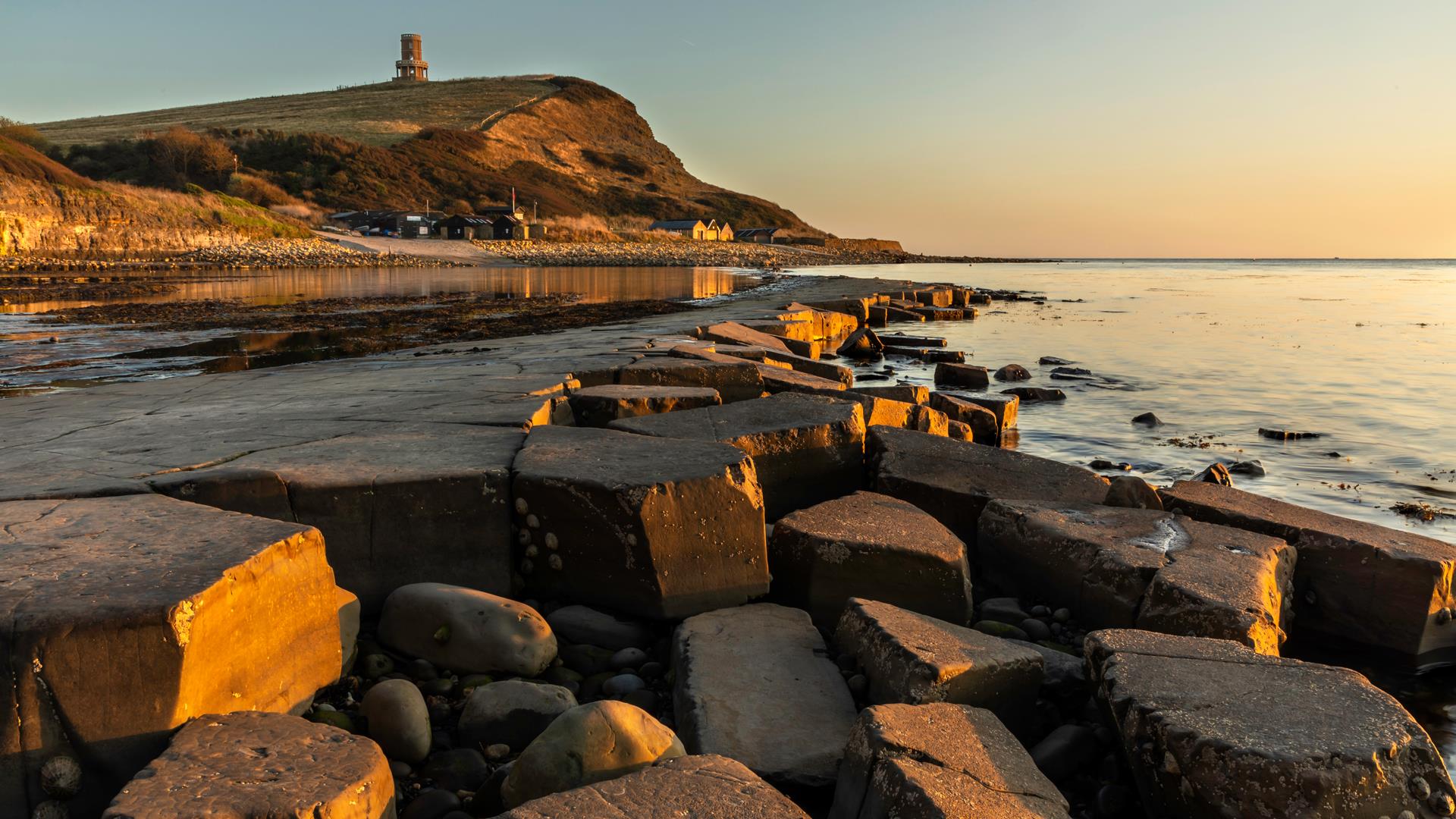
Not only does Kimmeridge Bay have an abundance of marine life, but it also has a huge geological history. So, whilst rockpooling, you could also hunt for fossils. The creatures you’ll encounter at Dorset's rock pools include sea snails, flat periwinkles, limpets, barnacles and small dog whelk.
For a great place to stay, check out our campsites in Dorset.
Things you’ll need when rockpooling in the UK
Make sure you’re well equipped for rockpooling and bring the following:
- Transparent bucket
- Transparent jar or food container
- Small spade to gently move the sand
- Magnifying glass
- Camera
- Pen and paper to record any findings
- Waterproof jacket and clothing
- Sunscreen to protect yourself from UV rays
- Wellington boots with good grip
- Water bottle to keep yourself hydrated
- Travel backpack to store all your belongings
Worth noting: Avoid using a net when rockpooling, as small creatures could be harmed if they get trapped in the net.
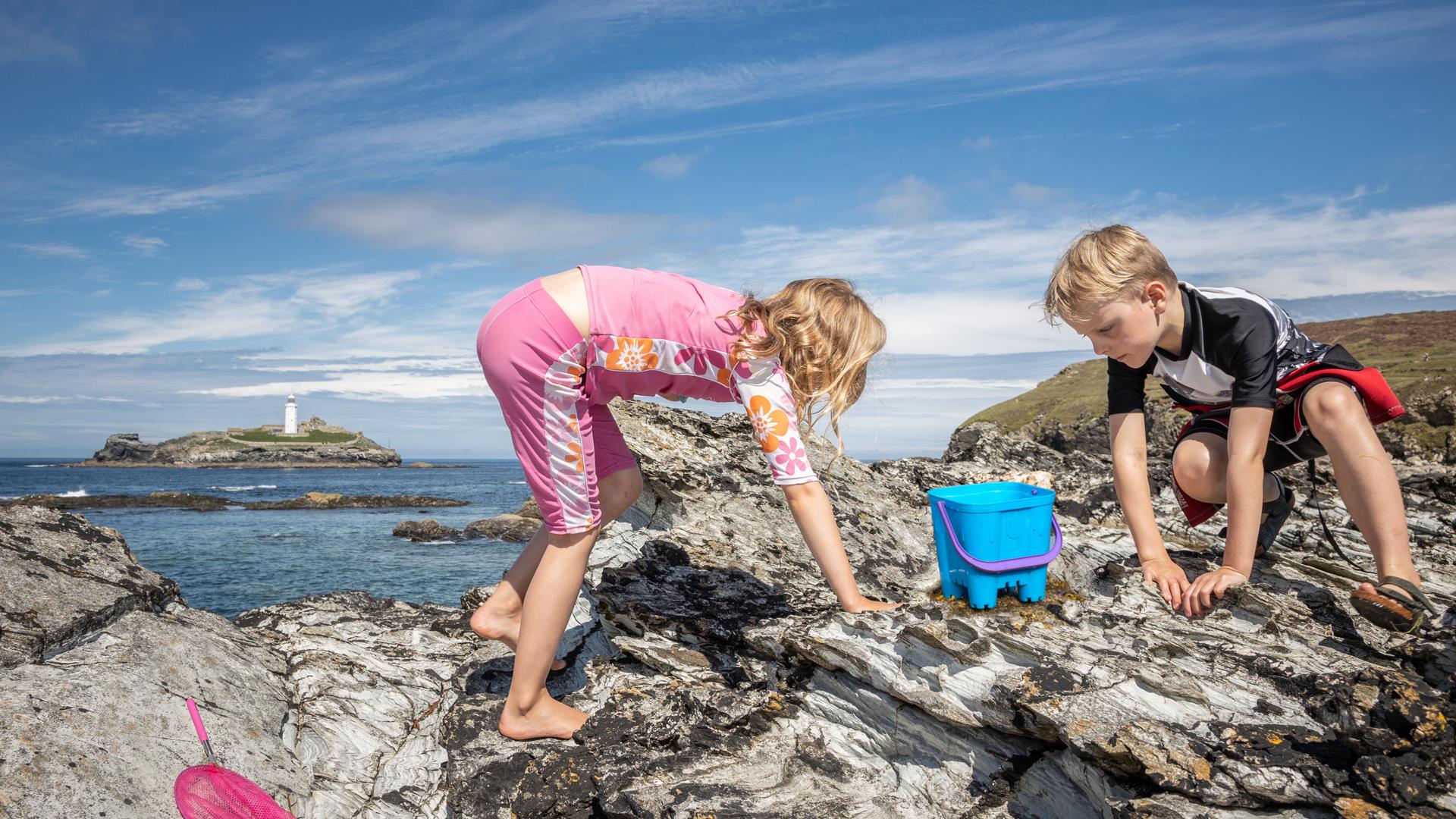
How to rockpool safely
The last thing you want to do is harm another creature's habitat or put yourself in danger. Before heading out on your adventure, carefully read the following:
- Plan around the weather and tides. The best time to rockpool is when the tides are low – Spring tides are usually favoured as they expose the most unusual wildlife. Check the weather forecast before heading out on your adventure. If you’re rockpooling by the shore, heavy winds could be dangerous.
- Once you’ve found a good spot to rockpool, approach the water quietly and carefully. Avoid casting a shadow over the water because that could intimidate any sea creatures.
- Peer into the water and see if you can spot anything. If not, you can carefully turn over a stone or rock and see what’s hidden underneath.
- Spotted something? Take a closer look by slowly lowering your bucket into the water and scooping out the creature. If you need to investigate further, use the transparent jar to pick out the individual creatures and take a closer look. Here the magnifying glass can come in handy but avoid using it in direct sunlight.
- Record your findings or take a picture.
- Do not leave the sea creatures in the bucket for too long, as the change in temperature could cause them stress. Be gentle with the creatures and safely return them to where you found them by submerging your bucket into the water. Avoid tipping your bucket or aggressively putting them back.
